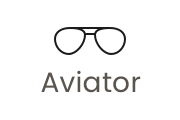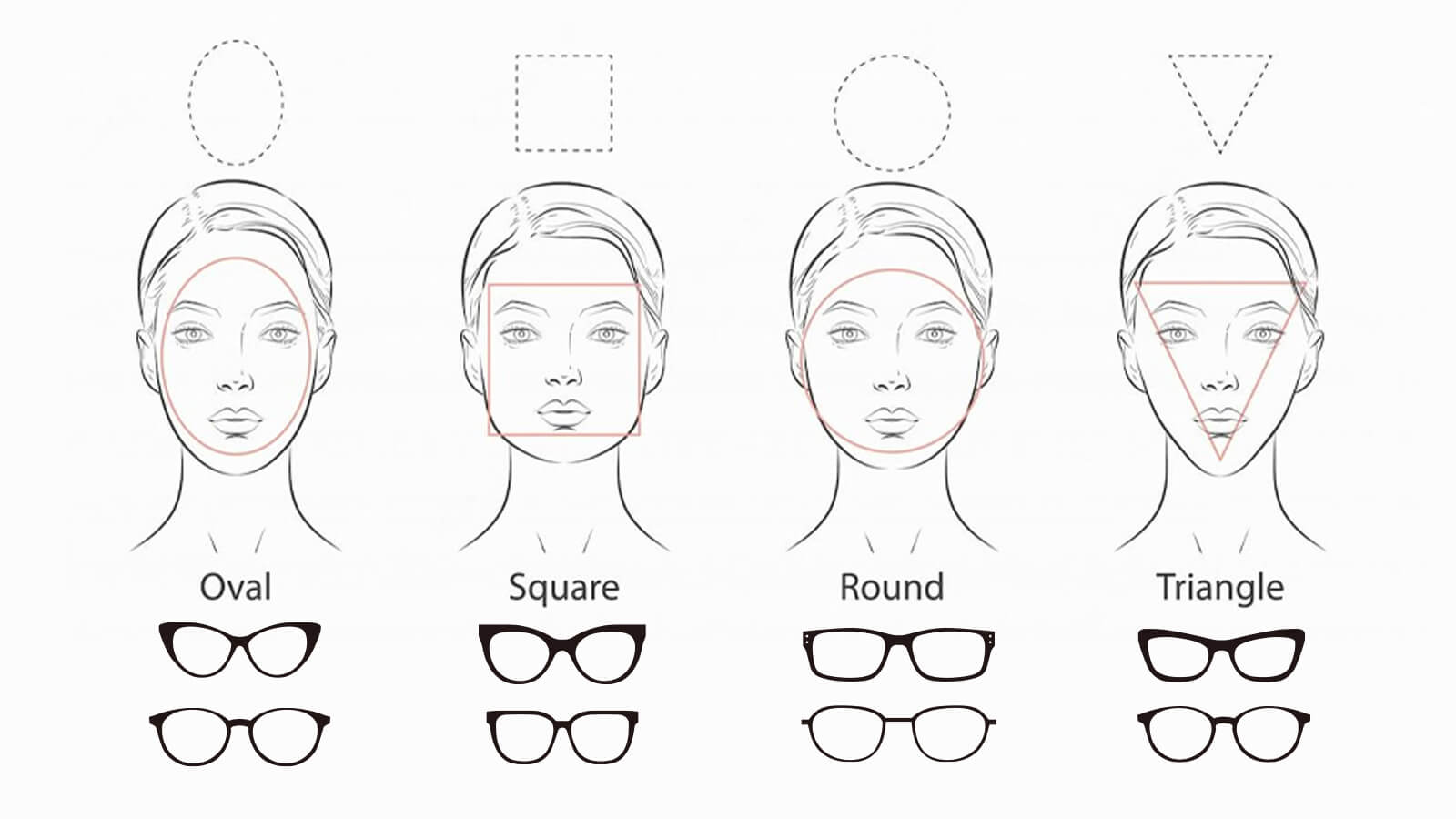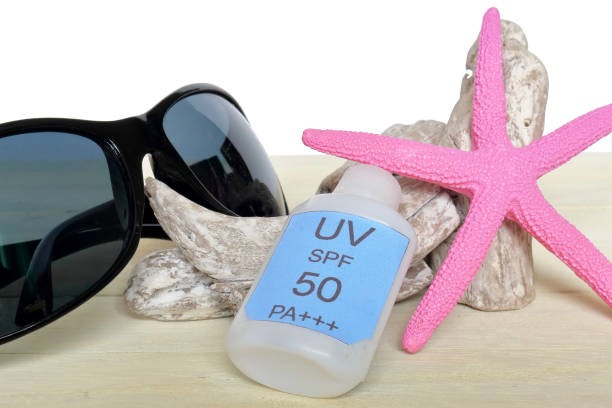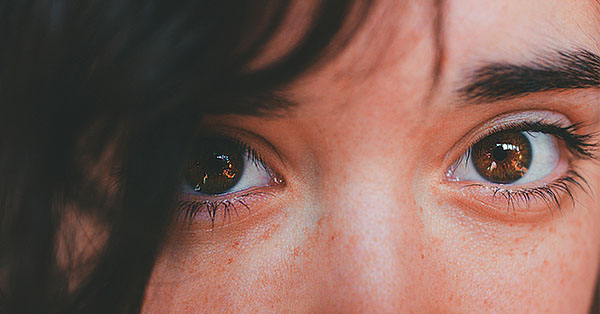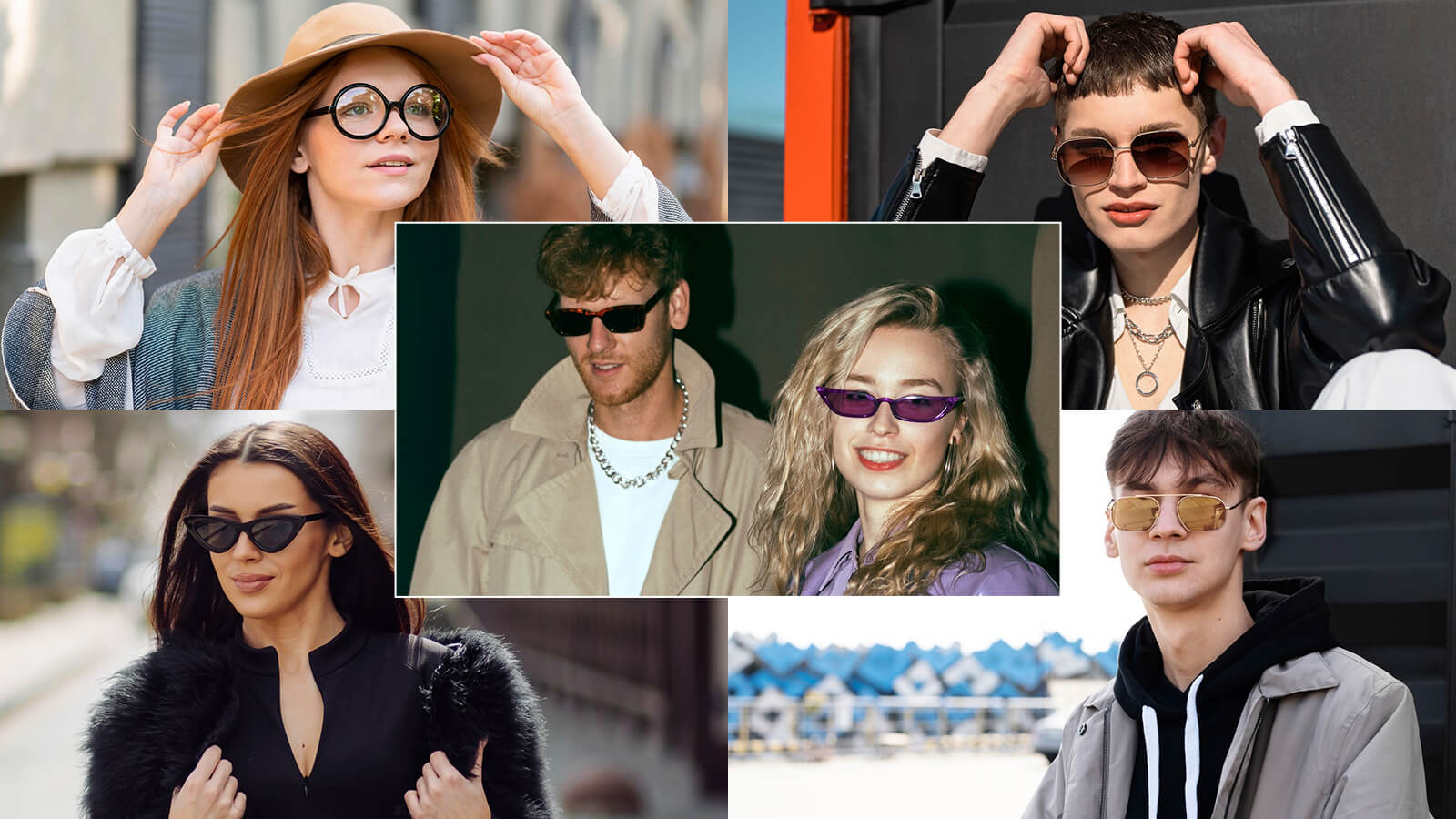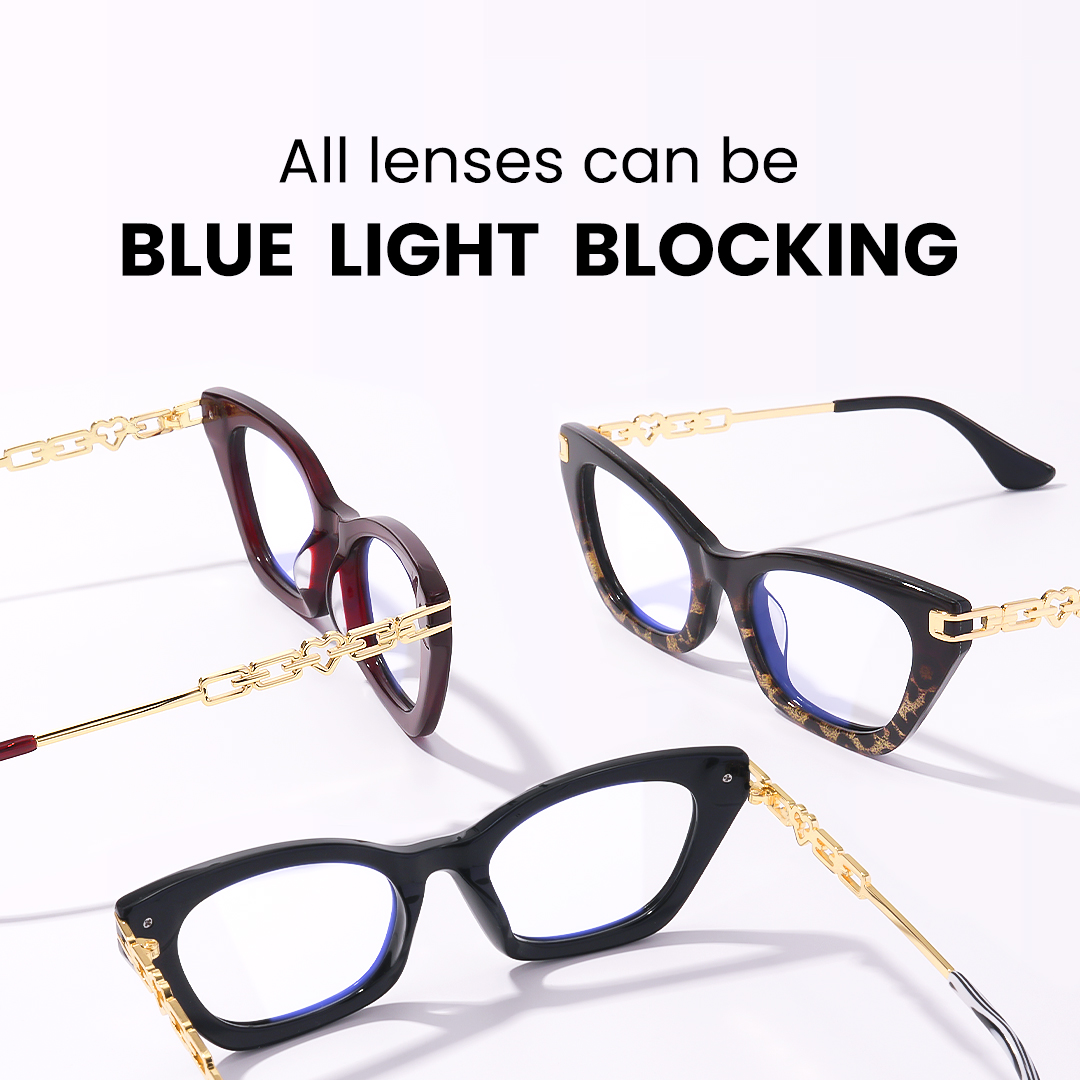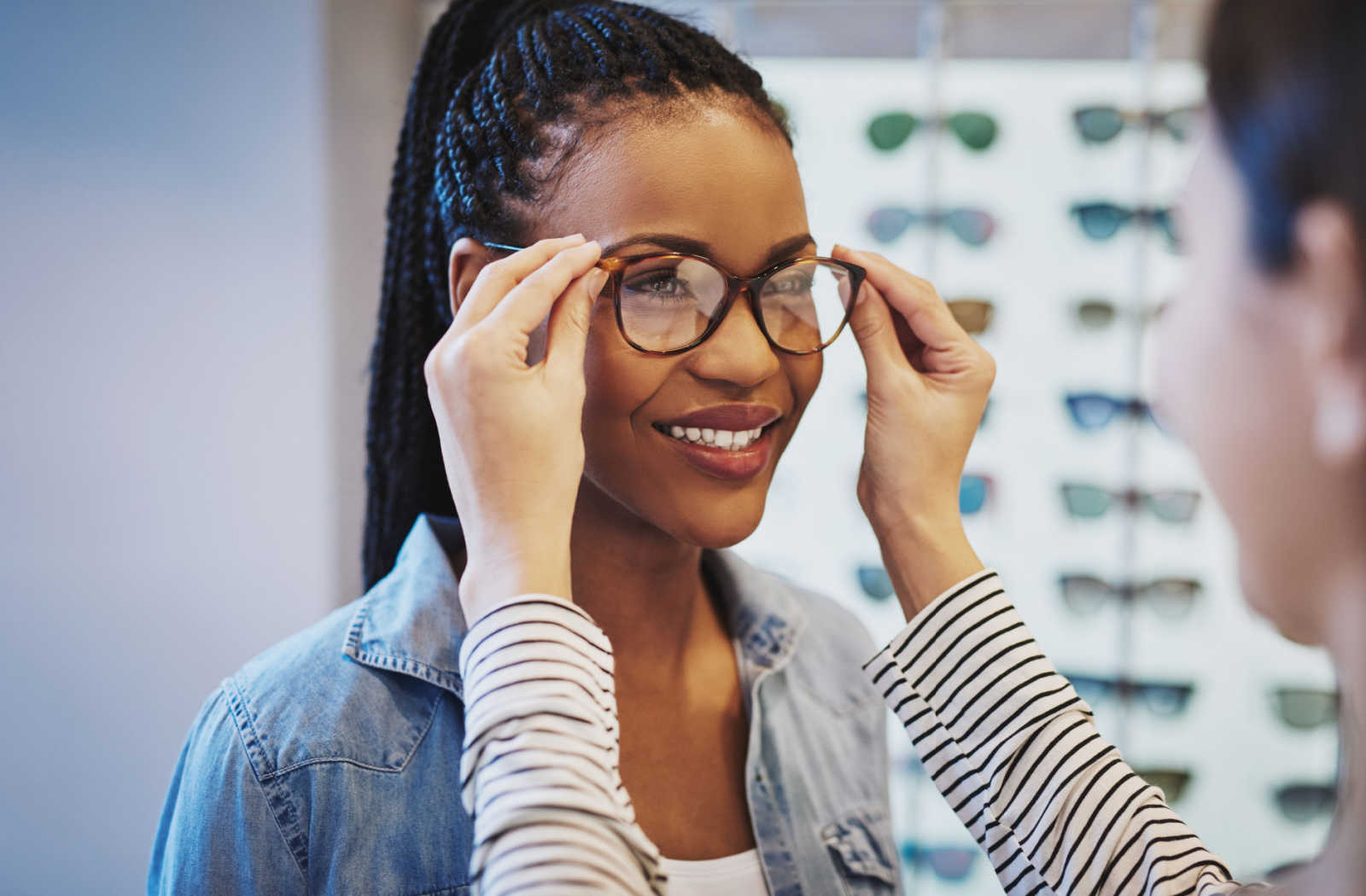
Guide to Picking Glasses That Suit Your Face Shape Perfectly
February 27,2023

What is Boho Style? A Comprehensive Guide to Boho-Chic Fashion
February 13,2025

Virtual Glasses Try On - Find Your Perfect Pair Online
April 02,2024

UV Protection Glasses VS. Blue Light Glasses - Vooglam
July 20,2023

Newest Style Modern Trendy Mens Glasses | Vooglam
March 01,2024

Stylish Reading Glasses: Blending Fashion with Functionality
February 16,2023

What are photochromic lenses & glasses?
September 22,2023

Brown Eyes: The Beauty of the Most Common Hue
September 01,2024

The chubby face glasses for round face female
August 02,2023

What are prisms in eyeglasses?
March 20,2023

What are Bifocal Lenses? - Vooglam
April 14,2023

How to Read Your Eyeglass Prescription?
March 11,2023
Understanding exotropia: Why do eyes "look outward"?
Have you ever noticed that when some people look at things, one eye will unconsciously "float" outward? This is actually a manifestation of exotropia, a type of strabismus. Unlike esotropia (eyes inward close to the nose), exotropia refers to one or both eyes deviating outward, especially when looking at a distance, tired, or distracted.

Exotropia not only affects appearance, but also affects the coordination and three-dimensional sense of the two eyes. If it is not discovered and treated in time, especially for children, it may affect the development of vision. Therefore, it is necessary to understand the symptoms, causes and treatments of exotropia.
What are the types of exotropia?
There are actually several "manifestations" of exotropia:
- Intermittent exotropia: The most common type, the eyes occasionally deviate outward, usually more likely to occur when tired, sick or distracted. Sometimes the eyes look normal, and sometimes they "float" out.
- Persistent exotropia: Regardless of whether the attention is focused or distracted, the eyes always deviate outward, which will have a greater impact and more complicated treatment.
- Sensory exotropia: If one eye has poor vision or even blindness, the brain will not "manage" this eye, causing it to slowly deviate outward.
Some exotropia is congenital (present at birth or infancy), while others are acquired (such as after changes in nerves, muscles or vision). It is important to distinguish which type it is for subsequent treatment.

What are the manifestations of exotropia?
The most typical one is that one eye is obviously looking outward, especially when the child is tired, dazed or looking at a distance. Some people will have intermittent double vision or blurred vision because the two eyes cannot "cooperate" well.
People with exotropia often squint and frown to try to make themselves see more clearly. In strong light, some people even close one eye to reduce discomfort. Children usually don't take the initiative to say that they are uncomfortable looking at things, so parents should observe more.
If an adult suddenly develops exotropia, they usually feel that something is wrong with their vision, so it is important to see a doctor as soon as possible.
What causes exotropia?
Exotropia is mostly related to the coordination of eye muscles. Each eye has six muscles that control direction, and any imbalance in strength can cause the eyes to "go astray."
Heredity is also important: if someone in the family has strabismus, the child's risk is increased. Some farsightedness that is not corrected in time can also make the eyes work harder, which in turn increases the muscle burden and causes exotropia.
In addition, certain neurological or systemic diseases may also cause exotropia, especially if it suddenly appears in adulthood.
How is it diagnosed and tested?
Your doctor will use a series of tests to determine the severity of the exotropia, such as the cover test (covering one eye and watching how the other eye moves) and the prism test (measuring the angle of deviation). At the same time, they will also check for other vision problems, such as farsightedness and amblyopia.
Early screening for children is very important, because long-term strabismus can lead to amblyopia and even permanent vision damage. New exotropia in adults requires further investigation of nerves or other causes.
How to treat exotropia?
The goal of treatment is to make the two eyes "cooperate" again and restore normal vision and stereoscopic perception. Common treatment methods include:
- Wearing glasses: correct refractive errors such as hyperopia and reduce the burden on the eyes.
- Visual training: exercise the coordination of the eyes through a series of eye exercises.
- Occlusion therapy: especially suitable for children, by covering the healthy eye, the weaker eye can be "exercised" more.
- Prism lenses: help people with mild to moderate exotropia improve binocular image overlap and reduce double vision.
- Surgery: For patients with severe or ineffective conservative treatment, the doctor will restore the correct position of the eyes by adjusting the length or position of the eye muscles. Regular follow-up and rehabilitation training are also required after surgery.
Daily life of patients with exotropia
As long as it is discovered and treated in time, exotropia can be effectively controlled in most cases, or even completely recovered. Children need encouragement and companionship from their parents, regular follow-up, and cooperation with the doctor's treatment plan.
If an adult has exotropia, they can improve their quality of life by wearing appropriate glasses and reducing visual fatigue. Psychological support is also important because strabismus sometimes affects self-confidence and social interaction.
Modern medical methods are very mature, and most patients with exotropia can live and work like normal people.
Summary: Early detection, clearer vision
Exotropia is not terrible. The key is early detection and early treatment. Regular eye examinations, especially for children, can help you find problems in time and develop personalized treatment plans. Whether it is glasses, training or surgery, most exotropia can be effectively improved.
Choosing a pair of suitable and fashionable glasses can not only protect your eyesight, but also make you full of confidence. Vooglam has a variety of beautiful and practical glasses to meet treatment and daily needs.
If you find that you or your family have eyes "looking out", don't hesitate to go to a professional ophthalmologist. Take action early, your vision will be clearer and your life will be more confident!

Vooglam Blog
Vooglam blog shares professional knowledge about eyeglass frames, lenses, etc., and provides help when purchasing and using eyewear products. At the same time, Vooglam focuses on fashion glasses to interpret the trend of glasses for you.

The Science of Polarized Lenses: How They Improve Clarity and Safety in Snowy Conditions
If you've ever been out on a sunny day in the snow, chances are you know all about snow glare. That painful, sometimes blinding reflection off the bright white of snow isn't just annoying; it can be e
November 26,2025
Don't Spook Your Style: 6 Iconic Halloween Costumes with Glasses
Halloween isn't just about jumping into someone else's skin for a night—it's about finding pieces of yourself you didn't know existed. For those of us who wear glasses daily, the question isn't whethe
October 16,2025
How to Fix a Metal Glasses Arm Hinge: A Step-by-Step Repair Guide
Why Hinge Repairs Are Common—and FixableIf you wear glasses daily, chances are you've dealt with issues related to the hinges on your metal frames. It's one of the most common weak points, and over ti
July 07,2025
How to Pick the Right Low Bridge or High Bridge Glasses for Your Nose Shape
Most people spend a lot of time thinking about the styles, colors, and types of lenses they want in their glasses. But there's one thing that people frequently forget about that can make a big d
July 07,2025







